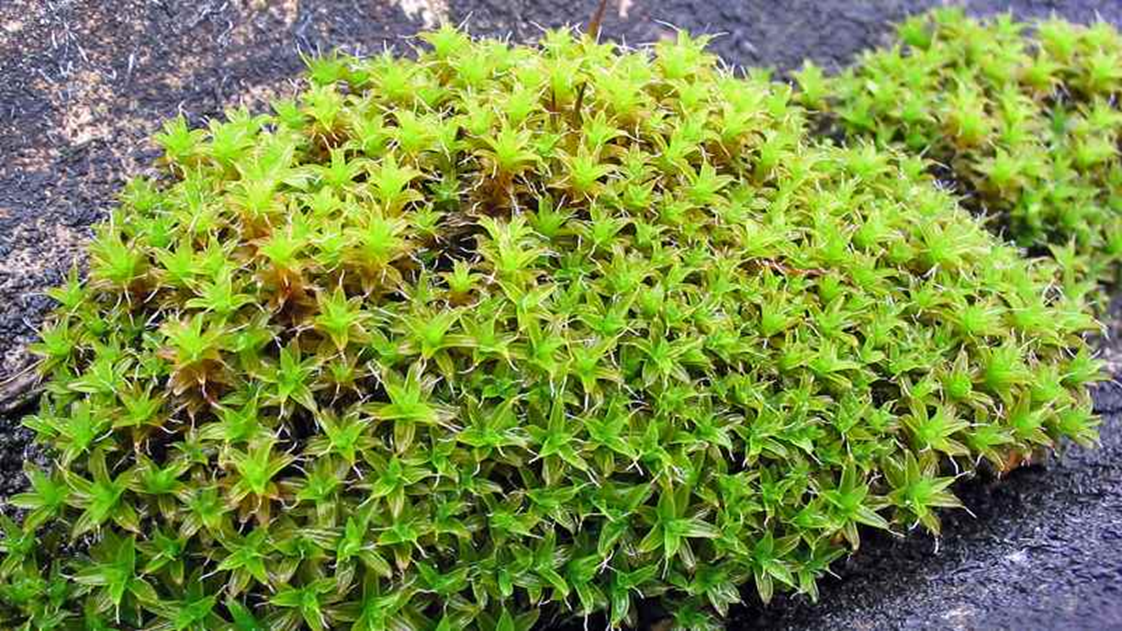- Courses
- GS Full Course 1 Year
- GS Full Course 2 Year
- GS Full Course 3 Year
- GS Full Course Till Selection
- Online Program
- GS Recorded Course
- NCERT (Recorded 500+ Hours)
- Polity Recorded Course
- Geography Recorded Course
- Economy Recorded Course
- AMAC Recorded Course
- Modern India, Post Independence & World History
- Environment Recoded Course
- Governance Recoded Course
- Science & Tech. Recoded Course
- International Relations and Internal Security Recorded Course
- Disaster Management Module Course
- Ethics Recoded Course
- Essay Recoded Course
- Current Affairs Recoded Course
- CSAT
- 5 LAYERED ARJUNA Mentorship
- Public Administration Optional
- ABOUT US
- OUR TOPPERS
- TEST SERIES
- FREE STUDY MATERIAL
- VIDEOS
- CONTACT US
Desert Moss: 'That Can Survive On Mars'
Desert Moss: 'That Can Survive On Mars'
04-07-2024

Key Points:
- Discovery: Scientists have identified a desert moss species, 'Syntrichia caninervis,' exhibiting remarkable resilience to extreme conditions similar to those found on Mars.
- Tolerance: This moss can withstand temperatures as low as -196°C (-320.8°F), high levels of gamma radiation, and simulated Martian environments, especially when dehydrated beforehand.
- Global Distribution: 'S. caninervis' is found in harsh desert environments worldwide, including Tibet, Antarctica, and circumpolar regions.
- Laboratory Tests: Rigorous lab tests confirmed the moss's ability to regenerate after exposure to:
- Extreme cold (-196°C/-320.8°F)
- High levels of gamma radiation
- Simulated Martian conditions
- Implications:
- Space Exploration: This discovery could revolutionize space exploration, particularly regarding establishing sustainable habitats on Mars.
- Terrestrial Applications: The moss's resilience could inspire advancements in agriculture and environmental conservation in arid and harsh regions on Earth.
- Further Research: This finding opens new avenues for research into extremophile biology and its applications in space and on Earth.
About Mosses:
- Characteristics: Mosses are flowerless, spore-producing plants found worldwide except in saltwater habitats. They typically thrive in moist, shady areas.
- Ecological Significance: Mosses play crucial roles in nutrient release, soil erosion control, and overall ecosystem function.
- Economic Importance: Some mosses, like those in the genus Sphagnum, contribute to peat formation, a valuable resource with various applications.
Peat:
- Definition: Peat is a surface organic soil layer formed by partially decomposed organic matter, primarily plant material, under waterlogged, oxygen-deficient, acidic, and nutrient-deficient conditions.
Must Check: Best IAS Coaching In Delhi
PLFS 2025: Monthly Jobs Data, Bigger Survey
PLFS 2025: Monthly Jobs Data, Bigger Survey

